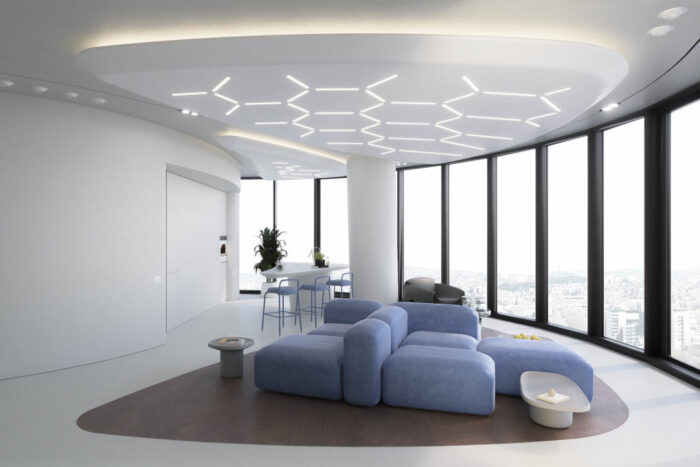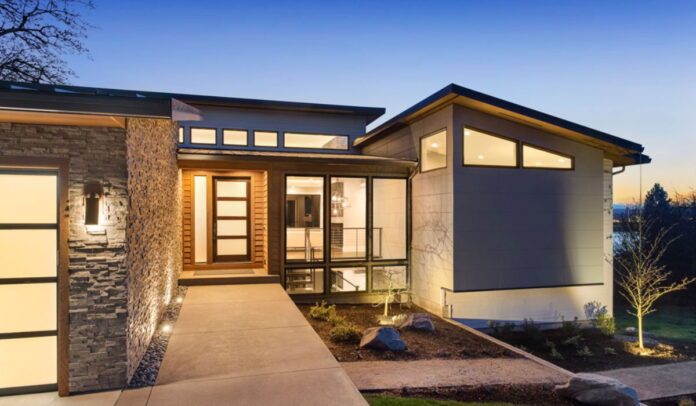
Lighting is one of the most crucial elements in architecture, yet it’s often overlooked or improperly executed. Whether you’re designing a cozy home, a sleek office space, or a grand public building, lighting can dramatically impact the mood, functionality, and aesthetics of a space.
In this blog post, we’ll explore these common pitfalls and provide insights on how to avoid them, ensuring your designs are as brilliant as they should be.
For a deeper dive into architectural insights and more on how lighting and other elements can influence design, explore the articles available at https://www.fortfs.com/.
1. Neglecting Natural Light
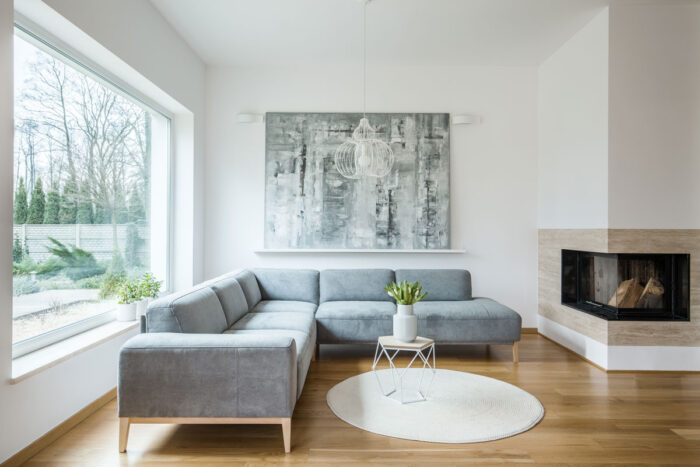
Natural light is a powerful and often underutilized tool in architecture. Many designs fail to maximize the potential of sunlight, leading to spaces that rely heavily on artificial lighting. This not only increases energy consumption but also can make spaces feel less inviting and dynamic.
Design with the sun in mind. Consider the building’s orientation and the placement of windows to maximize daylight. Use large, unobstructed windows and consider the use of skylights to bring natural light into interior spaces. Additionally, incorporate elements like light shelves or reflective surfaces to distribute sunlight deeper into the building.
2. Ignoring the Functionality of Space
Every space has a unique purpose, and the lighting should reflect that. However, a common mistake is applying a one-size-fits-all approach, ignoring the specific needs of different areas.
Tailor your lighting plan to the specific needs of each area. Use brighter, focused lighting for task-oriented spaces and softer, ambient lighting for areas meant for relaxation. Consider layering different types—ambient, task, and accent—to create a versatile and functional environment.
3. Overlooking Color Temperature
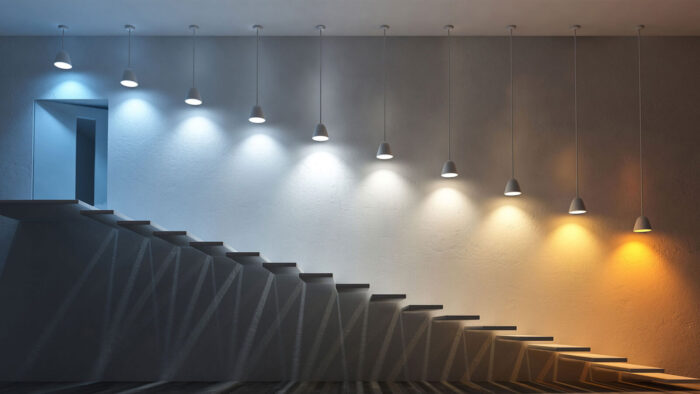
Color temperature refers to the hue of a light source and can significantly influence the atmosphere of a space. Many designs fail to account for this, resulting in environments that feel off-putting or inconsistent.
Choose color temperatures that align with the intended use of the space. Warm white (2700K-3000K) is ideal for living areas and bedrooms, creating a cozy and inviting atmosphere. Neutral white (3500K-4100K) is suitable for kitchens and bathrooms, providing a bright and clear light. Cool white (5000K-6500K) is best for task areas like offices and garages, offering a more energizing and focused light.
4. Poor Placement of Light Fixtures
The placement of light fixtures can make or break a design. Poorly positioned lights can lead to issues like glare, shadows, and uneven lighting.
Carefully plan the placement of each light fixture. Avoid placing lights where they can create glare on screens or reflective surfaces. For task areas, position lights at angles that minimize shadows and provide adequate illumination. In spaces with high ceilings, consider using pendant lights or chandeliers to bring light down to a more effective level.
5. Inadequate Layering of Light
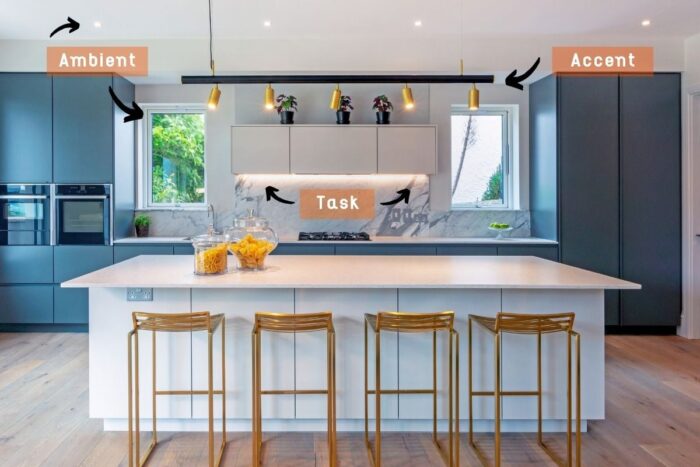
Relying solely on overhead lighting can make a space feel flat and uninspired. Proper design involves layering different types of light to create depth and interest.
Implement a layered approach by combining ambient, task, and accent lighting. Ambient lighting provides overall illumination, task lighting focuses on specific activities, and accent lighting highlights architectural features or artwork. This approach not only enhances the functionality of a space but also adds visual interest and creates a more dynamic environment.
6. Ignoring Energy Efficiency
With growing awareness of sustainability, energy efficiency has become a key consideration in lighting design. However, many projects still overlook this aspect, leading to higher energy costs and environmental impact.
Opt for energy-efficient solutions such as LED bulbs, which consume less power and have a longer lifespan than traditional incandescent bulbs. Incorporate dimmers, timers, and motion sensors to reduce energy consumption by adjusting lighting levels based on need. Additionally, consider using daylight harvesting systems that adjust artificial lighting based on the amount of natural light available.
7. Over-Illuminating Spaces
While it’s important to have adequate lighting, too much light can be just as detrimental as too little. Over-illuminating a space can lead to discomfort, eye strain, and wasted energy.
Use lighting calculations and tools to determine the appropriate amount of light for each area. Consider the reflectance of surfaces and the presence of natural light when planning artificial lighting. Aim for a balanced and comfortable level of illumination, and provide options for dimming or adjusting the light intensity as needed.
8. Ignoring the Impact of Light on Well-being
Lighting isn’t just about aesthetics and functionality; it also affects our well-being. Poor lighting can impact mood, productivity, and even health, yet this aspect is often overlooked in architectural design.
Incorporate biophilic design principles by using lighting that mimics natural light patterns. Use adjustable systems that change color temperature and intensity throughout the day to support natural circadian rhythms. Consider the use of full-spectrum lighting in areas where people spend extended periods, as it can help improve mood and energy levels.
9. Underestimating the Role of Controls and Automation
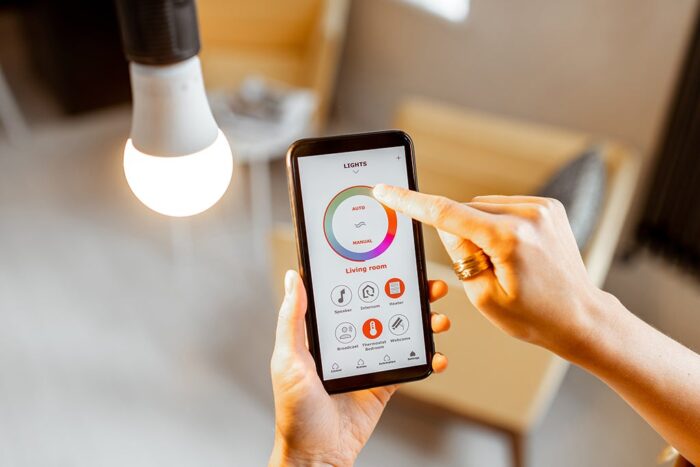
In modern architecture, smart lighting controls and automation are becoming increasingly important. However, many projects fail to fully integrate these technologies, missing out on the benefits of convenience, energy savings, and customization.
Integrate smart controls, such as dimmers, scene selectors, and programmable timers, into your design. Consider systems that allow for remote control via smartphone apps or voice commands. Additionally, explore automation options that can adjust lighting based on occupancy, time of day, or other environmental factors.
10. Forgetting About Maintenance and Longevity
Lighting systems require maintenance and eventually need replacement. Failing to consider the long-term aspects of lighting can lead to increased costs and inconvenience.
Select fixtures and bulbs that are easy to access and replace. Consider the lifespan and warranty of lighting products when making decisions. Plan for future upgrades by using flexible systems that can accommodate new technologies as they become available.
In Summary
Effective lighting design in architecture goes beyond simply illuminating a space. It involves careful consideration of natural light, functionality, color temperature, fixture placement, energy efficiency, and more.
By avoiding these common mistakes, architects and designers can create spaces that are not only beautiful and functional but also enhance the well-being of their occupants. Remember, lighting is an integral part of the architectural experience, and getting it right can transform a good design into a great one.

